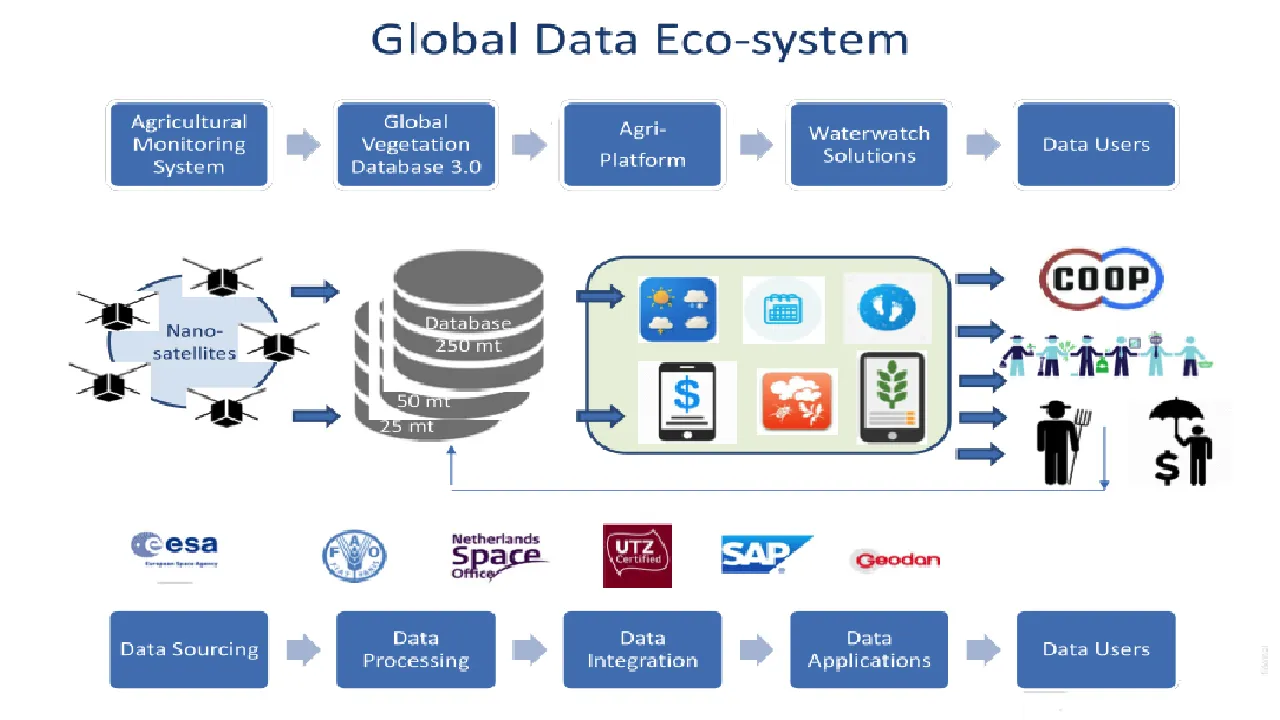In data analysis, a data ecosystem includes the software, infrastructure, tools used, frameworks, and methods used to gather, prepare, analyze, mine, and visualize data.
Data can be categorized as structured semi-structured, or unstructured.
- Structured data can be organized into rows and columns an example of structured data is spreadsheets.
- Semi-structured data is a mix of data that has consistent characteristics and data that doesn’t conform to a rigid structure. For example, emails. An email has a mix of structured data, such as the name of the sender and recipient, but also has the contents of the email, which is unstructured data.
- Unstructured data: Data that is complex, and mostly qualitative information that is impossible to reduce to rows and columns. For example, photos, videos, text files, PDFs, and social media content.
The type of data drives the kind of data repositories that the data can be collected and stored in, and also the tools that can be used to query or process the data. Data also comes in a wide-ranging variety of file formats being collected from a variety of data sources, ranging from relational and non-relational databases to APIs, web services, data streams, social platforms, and sensor devices.
#database #data-analytics #data-visualization #data-science #data ecosystem

1.45 GEEK